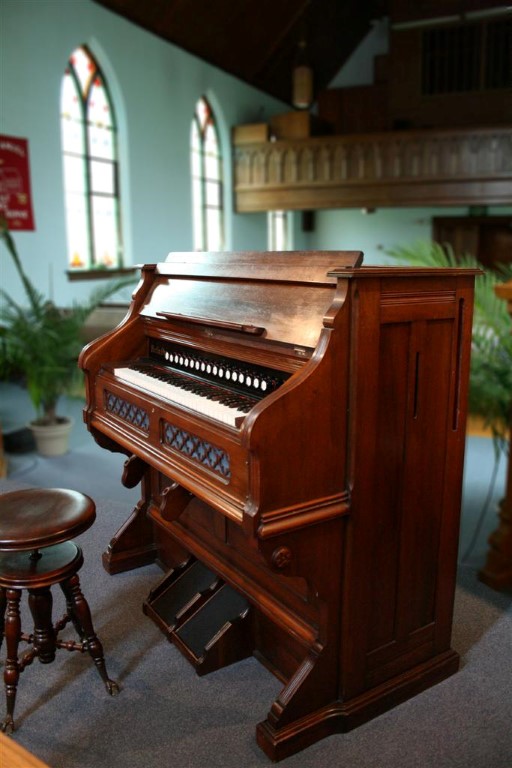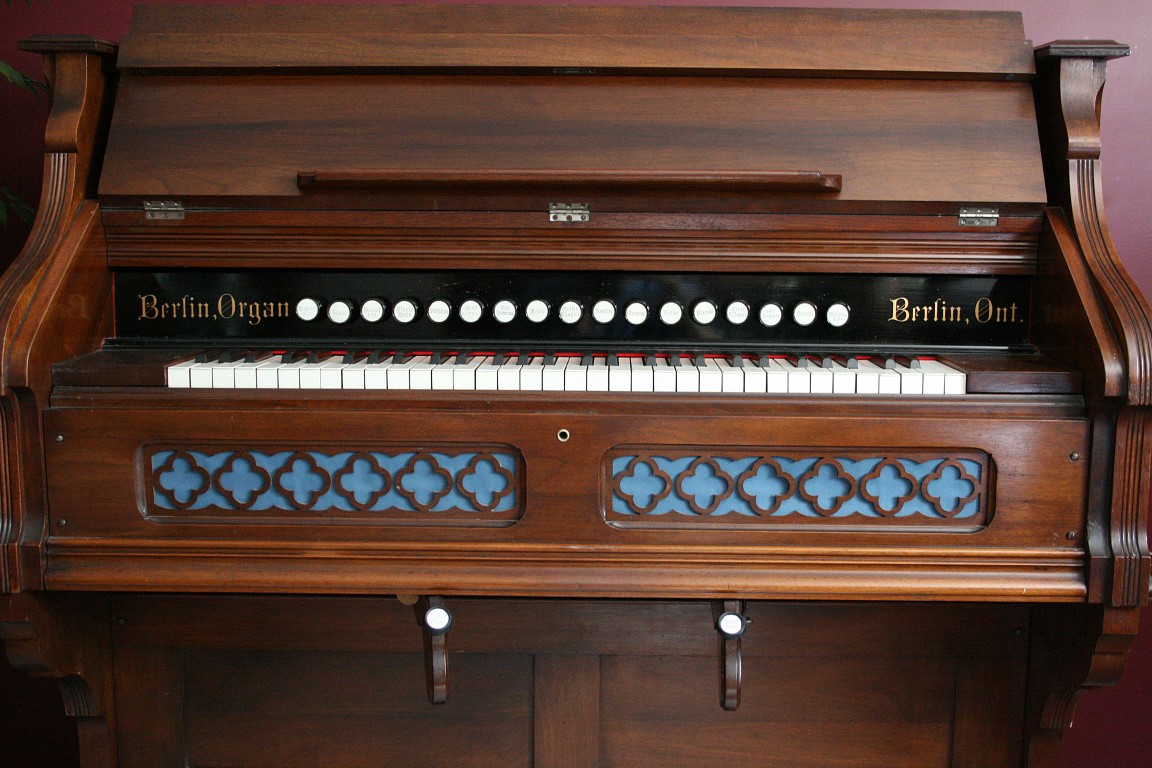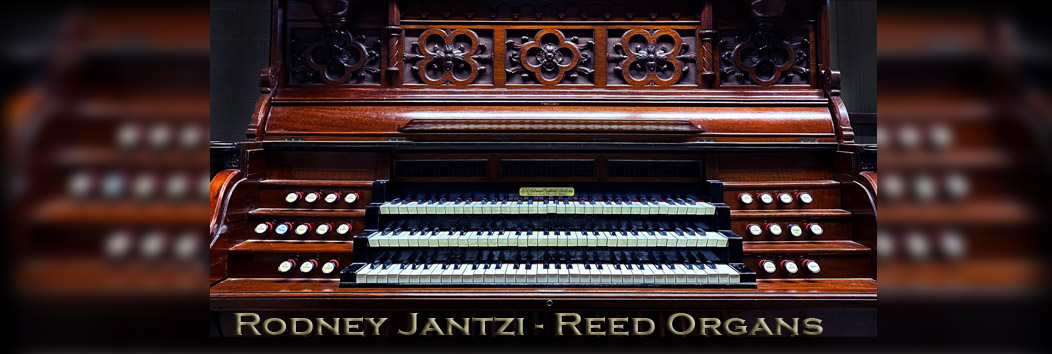Berlin Piano and Organ Company - History
First, lets start by a peom that was found written on the keys by R. Beal in 1904:
I have gone this organ thru
And have done a good job too
If some other man should try
See that you do as well as I
Do not play this fraud or cheat
Trying this poor church to beat
Tho it take a little while
Do your work in first class style
Then as thru the world you steer
You will have a conscience clear
Then you can with ease and grace
Look men squarely in the face
R Beal
9-8-1904
This was written by a reed organ technician, which was one of the things that created even more interest in this hobby. In searching for answers to who R. Beal was, I found other items about the Berlin Piano & Organ Company that adds to the history. I have been researching this small company for a number of years, and over time small I found pieces of missing information and corrections to what is published in the Canadian Encyclopedia.
The Berlin Piano and Organ Company existed from 1890 to 1904. The company was formed in 1890 by a group of Berlin businessmen, in Berlin, Ontario, Canada. In September of 1916, Berlin was renamed to Kitchener.
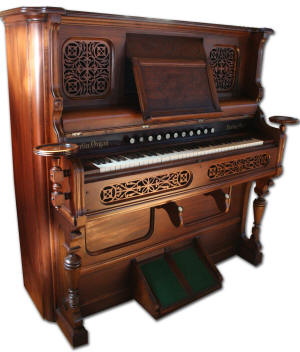
From the Music Trade Review (1896):
John Wesley, who is well known to the American trade, supervises the business of the Berlin Piano Co. The factory which this company occupy is large, well lighted and well appointed, constructed of brick, lying adjacent to the railroad, which gives them the possession of unsurpassed railroad facilities both as to receiving and shipping their wares. Berlin, as its name indicates, is largely settled by the Germans. They all seem to take a warm interest in the products of the Berlin piano factory. They use the Wessell, Nickel & Gross action, and are very enthusiastic from the results attained with the mechanism which bears the imprint of this celebrated firm.
The organ side of the business was fairly steady through the years, with most of the surviving instruments found today were made between an 11 year period from 1891 to 1902. There were a number of styles of Berlin organs, but the style would often just be a slight modification to the case. I have noticed that after 1900, the wood and finish quality of case construction greatly diminished, from solid walnut and bird's eye maple, to low quality thin veneers and a stain that appears to be like a semi-translucent paint to cover the blemishes.
On August 22, 1904, Bailiff Huber seized the remaining stock of the company and the $7000 chattel mortgage was foreclosed. There was also a $21000 mortgage on the building and plant. The Berlin Piano & Organ Company was no more, and the building was marketed for sale.
A short while later, in October 1904, W.M. Snyder purchased the assets to Berlin P&OC. Their plan was to have Snyder & Co pianos manufactured in the building and on the market 'shortly'.
By July 1906, the building was still considered the Berlin Piano & Organ Co, even though no Berlin labeled instruments were made here. This was when E.P Hawkins with the American firm Foster-Armstrong purchased the factory.
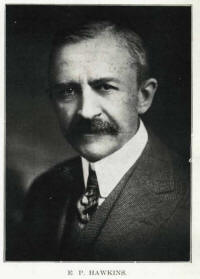
E.P Hawkins, Foster-Armstrong
Organ Information - Stop List
Listed from Bass to Treble
Diapason 8Ft (8’ pitch, bottom rear set, qualifying tubes, not in swell)
Viola (4’ pitch, front set, in swell)
Dulcet 4Ft (4’ pitch, muted from the Viola)
Flugle Horn (2’ pitch, front set, in swell)
Sub Bass (16’, C-C in bass)
Bass Coupler
Vox Humana
Forte (opens swell for rear sets of treble reeds only)
Treble Coupler
Aeoline (8’ pitch, top rear set in rear swell)
Cremona (16’ pitch, middle set in rear swell, muted from Cello)
Cello (16’ pitch, middle set in rear swell)
Piccolo (2’ pitch, front bottom set, in front swell)
Flute D'Amour (8’ pitch, middle set in front swell, muted from Vox Celeste)
Vox Celeste (8’ pitch, middle set in front swell)
Principal (4’ pitch, top set in front swell)
Melodia 8Ft (8’ pitch, bottom rear set, qualifying tubes, not in swell)
There are 6 - 33 reed ranks in the treble
3 - 28 reed ranks in the bass
1 - 13 reed rank (Sub Bass)
Total reeds: 295
Serial number: 3406
Manufactured Circa 1897, Berlin, Ontario Canada
